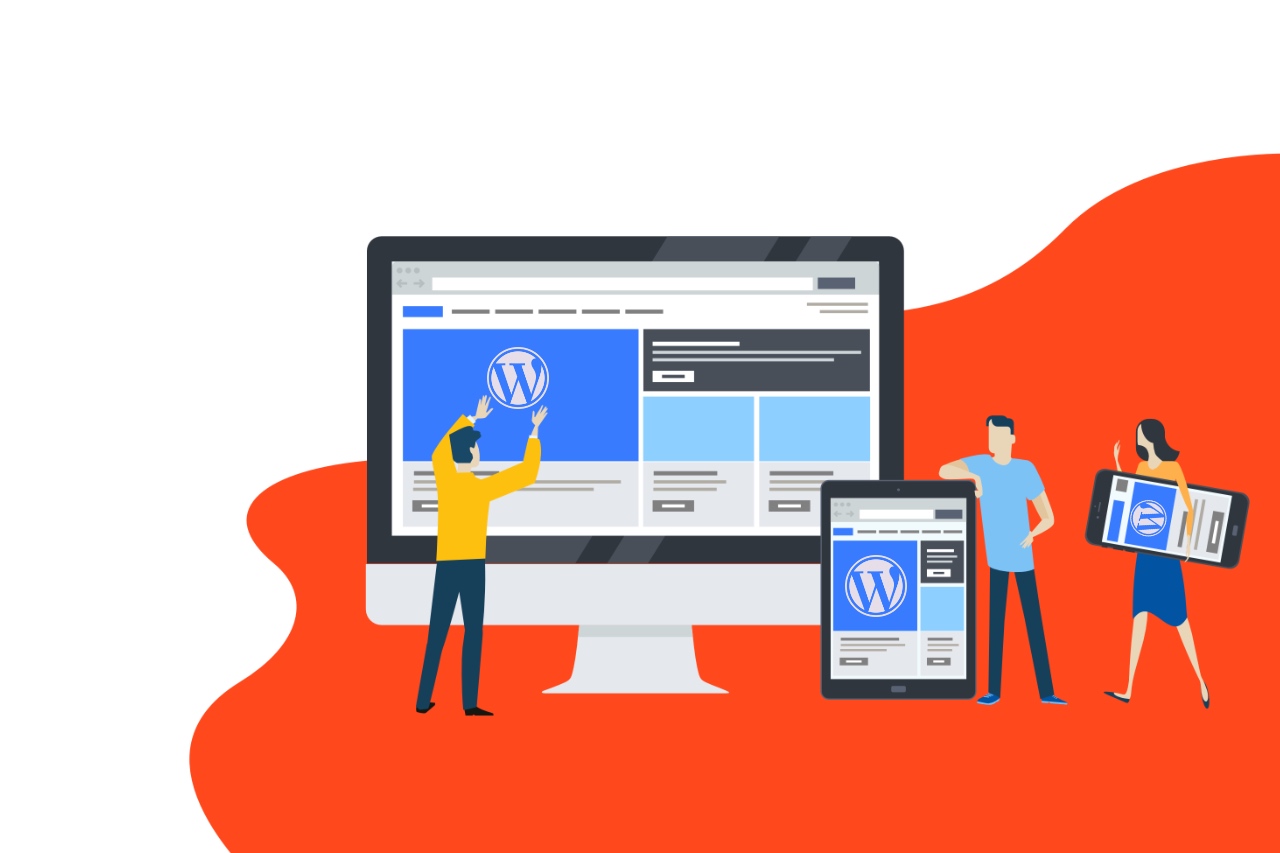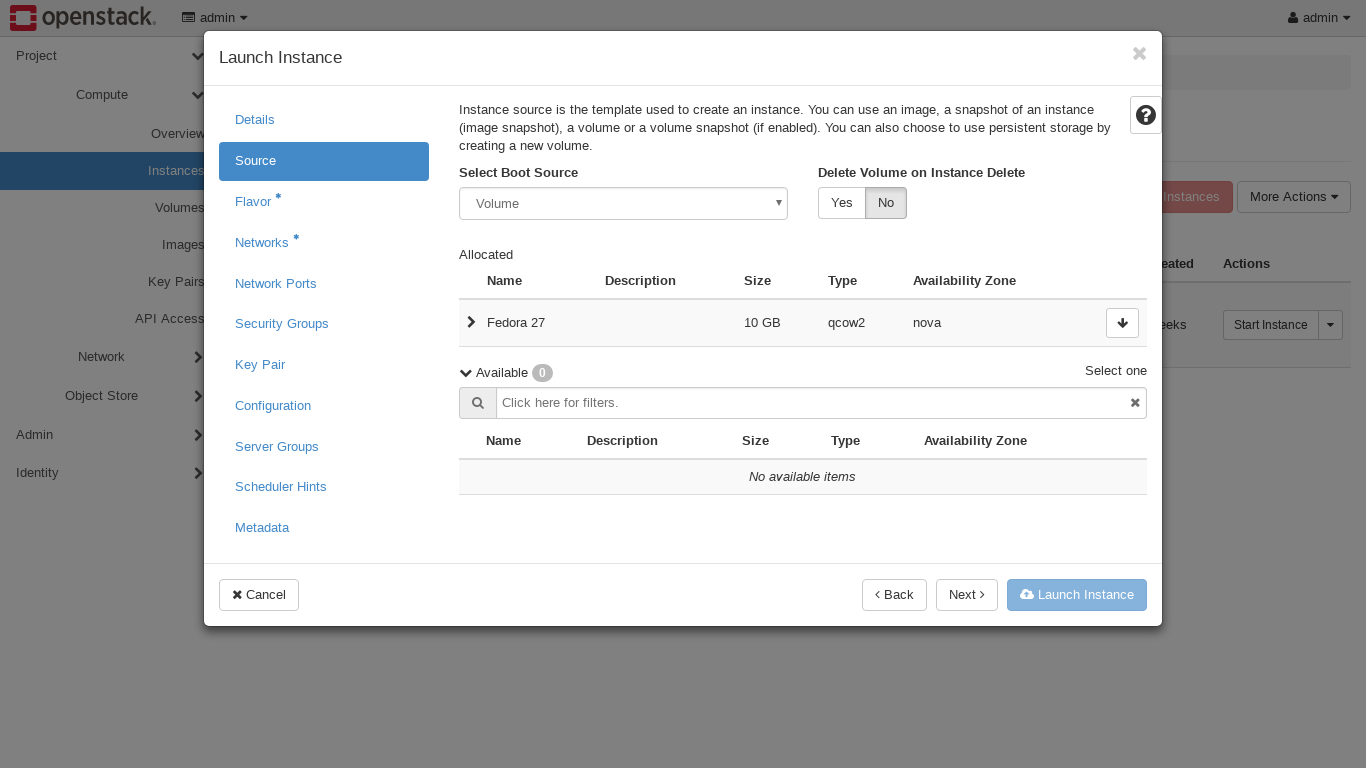
Caddy is an open-source, lightweight web server designed to serve both static and dynamic sites. It's free and open source.
It supports HTTP/2 and experimental HTTP/3, and is built with security in mind. It's also designed to be scalable, and use as little state as possible.
Caddy comes with a range of features, including HTTPS support. This makes it more flexible and simpler to use than Apache. There is a web-based interface for administration, a modular design, and the ability to host multiple sites.
The configuration file is easy to read and write. It can also be extended with plugins. Caddy is easily customizable and can be enhanced to meet your needs.
Windows' config updates can be done in a graceful manner. The updates are stored on the local disk, so that they can be used after a restart.

Caddy's log rotation is automatic. It rotates itself after 100MiB (of data) to ensure that your hard disk doesn't get clogged up.
Caddy is a web server written in the Go programming language and offers greater memory safety than servers written in C. It's able to handle large traffic volumes and provides a variety of built-in services, such as compression, template evaluation, and Markdown rendering.
It can also serve multiple sites on the same port simultaneously using its multiplexing function. It also supports automatic renewal and multiple SSL certificates.
It's very extensible and works with a wide range of languages and frames. You can extend it with a plugin system to implement long-running services, web standards, and other useful features.
Caddy is easily configurable to suit your needs and can be deployed on a variety of systems. It's compatible both with containerized and noncontainerized servers.
Caddy’s command line interface is extensible. With a JSON RESTful API, you can configure it with any application. And its built-in scheduling cron allows you to automate your updates. It is ideal for high-volume deployments and cloud platforms.

Caddy, despite its versatility and flexibility, is not strictly open-source, and may not be suitable to commercial use. However, Caddy is an excellent option for hosting a site or blog.
Installation
Installing Caddy can be a fairly simple process. This involves installing the server binaries on your local machine. Then, configure them to start automatically upon boot. It is important to adjust ownership and permissions in order for only the root user to be able read and modify the files within the folder that you wish Caddy serve from.
To start the server you will need a valid name for your domain and an IP address. For this, go to DigitalOcean.com and create a Personal Access Token with Read and Write Permissions for your Account.
Once you have that, you can go to the GitHub page and download the static binary for your platform. You can then follow the instructions on the site to get it installed and running. Once you're done, you can launch Caddy in a terminal by typing the server command.
FAQ
How do I choose a domain name?
Choosing a good domain name is essential. It is essential to have a unique domain name. People will not be able find you when they search your product.
Domain names should be short, easy to remember, relevant to your brand, and unique. Ideally, you want something that people would type into their browser.
Here are some ways to choose a domain name.
* Use keywords that are related to your niche.
* Do not use (-), hyphens in your numbers and symbols.
* Don't use.net or.org domains.
* Never use words that have already been used.
* Avoid using generic terms like "domain"/website.
* Check to make sure it's there.
What Websites should I make?
This depends on your goals. To build a business around your website, you may want to focus on selling products online. To do this, you will need to create a strong eCommerce website.
Blogs, portfolios and forums are all popular websites. Each type of website requires different skills. You will need to be familiar with blogging platforms like Blogger or WordPress if you wish to create a blog.
You will need to decide how to customize your website's look when you select a platform. There are many templates and themes that are free for each platform.
Once you have decided on a platform, you are able to start building your website by adding content. Pages can include images, videos, text and links.
Your new website is ready to be published online. Visitors can view your site online once it has been published.
Do I hire a web design firm or do it myself.
If you don't want to spend a lot, you shouldn't hire web designers. It may not be a wise decision to pay for web design services if you desire high-quality results.
You can build websites yourself without paying for professional designers.
You can make a beautiful website if you are willing to work hard and put in the effort.
Another option is to hire a freelance web developer for a project that charges per hour.
Do I use WordPress?
Start small to create a strong web presence. If you have all the resources and time, then build a website. Start with a basic blog, even if your budget is limited. As you develop your website design skills, you can always add additional features.
It is essential that you have a primary domain name before you can start your first website. This will allow you to point to your primary domain name when you post content.
How Much Does It Cost to Make An Ecommerce Site?
This will depend on whether you are using a platform or a freelancer. eCommerce sites typically start at around $1,000.
Once you choose a platform to use, you can expect a payment of anywhere from $500 to $10,000.
You won't spend more than $5,000 if you are using a template. This includes any customizations that you might need to suit your brand.
How do you create a free website.
This will depend on the type and purpose of your website. Do you want to sell online products, start a blog, build a portfolio, or both?
You can make an essential website using only HTML and CSS (a combination of HyperText Markup Language and Cascading Style Sheets). It is possible to make a basic website with HTML and CSS. However, many web developers recommend using a WYSIWYG editor, such as Frontpage or Dreamweaver.
You might consider hiring a freelance designer if you don’t know how to design websites. They can help you build a website customized to your needs.
Freelance developers can charge either an hourly or a flat fee. It all depends on how much work they do in a set timeframe.
For example, some companies charge $50-$100 per hour. For larger projects, you'll typically get a higher rate.
You can also find jobs on many freelance websites. You can also search on those websites before you reach out to developers.
Can I use a template or framework on my website?
Yes! Many people use pre-built templates or frameworks when creating a website. These templates include all of the code required to display the information on your webpage.
The following are some of our most-recommended templates:
WordPress - The most popular CMS
Joomla - Another popular open source CMS
Drupal - An enterprise-level solution for large companies
Expression Engine - A proprietary CMS from Yahoo
Each platform offers hundreds of templates. Finding the right template should be simple.
Statistics
- When choosing your website color scheme, a general rule is to limit yourself to three shades: one primary color (60% of the mix), one secondary color (30%), and one accent color (10%). (wix.com)
- Is your web design optimized for mobile? Over 50% of internet users browse websites using a mobile device. (wix.com)
- It's estimated that in 2022, over 2.14 billion people will purchase goods and services online. (wix.com)
- At this point, it's important to note that just because a web trend is current, it doesn't mean it's necessarily right for you.48% of people cite design as the most important factor of a website, (websitebuilderexpert.com)
- In fact, according to Color Matters, a signature color can boost brand recognition by 80%. There's a lot of psychology behind people's perception of color, so it's important to understand how it's used with your industry. (websitebuilderexpert.com)
External Links
How To
What is website hosting?
Website hosting refers simply to the place that people visit when they visit a website. There are 2 types.
-
Shared Hosting - This is your cheapest option. Your website files reside on a server owned by someone else. Customers who visit your website send their requests via the Internet over to that server. The owner of the server then hands off the request to you.
-
Dedicated Hosting - This option is the most costly. Your website is only accessible from one server. There are no other websites sharing space on the server. Your traffic remains private.
Shared hosting is cheaper than dedicated hosting for most businesses. The company hosting the server will provide the resources necessary to manage your website.
But there are pros and cons to both options. Here are the differences:
Shared Hosting Pros
-
Lower Cost
-
Easy To Set Up
-
Frequent updates
-
It is possible to find it on many web hosting companies
Hosting shared with others can cost as low as $10/month. Keep in mind, however, that bandwidth is usually included in the price. Bandwidth refers to the amount of data you can transfer across the Internet. You may have to pay extra for large amounts of data, even if your blog only contains photos.
You'll soon discover why you paid so much more for your previous host when you get started. Most shared hosts provide very limited customer support. While they may occasionally assist you in setting up your site and other tasks, after that you are all on your own.
Providers that offer 24-hour customer support are worth looking into. They'll take care of any issues that come up while you sleep.
Dedicated Hosting Cons:
-
More Expensive
-
Less common
-
Requires Special Skills
With dedicated hosting, you get everything you need to run your website. You won't have worry about whether your website is using enough bandwidth, or whether it has enough RAM (random-access memory).
This means that you will have to pay a little more upfront. However, once your business goes online, you'll discover that you don’t need as much technical support. You'll quickly become an expert at managing your server.
Which Is Better for My Business?
The answer depends on what kind of website you want to create. If you're selling products only, shared hosting might work best. It's very easy to setup and maintain. It's easy to set up and maintain, as you share a server with other sites. You will likely be updated frequently.
However, dedicated hosting is the way to go if you want to build a community around your brand. Instead of worrying about your traffic, you can build your brand while still being able to concentrate on your business.
Bluehost.com has both. They offer unlimited monthly data transfers, 24/7 support, free domain name registration, and a 30-day money-back guarantee.